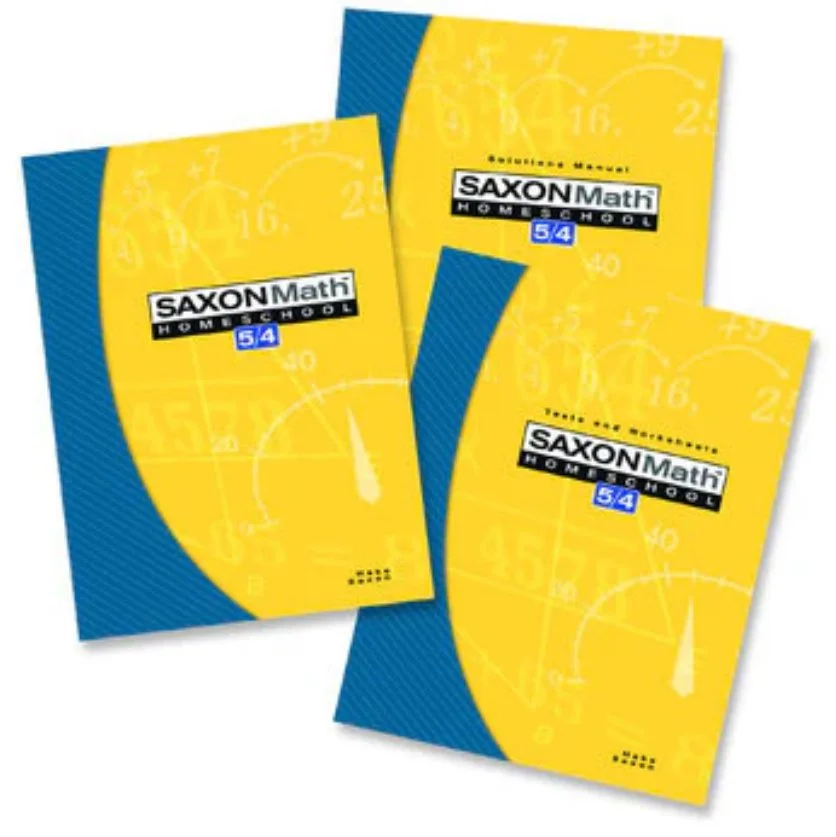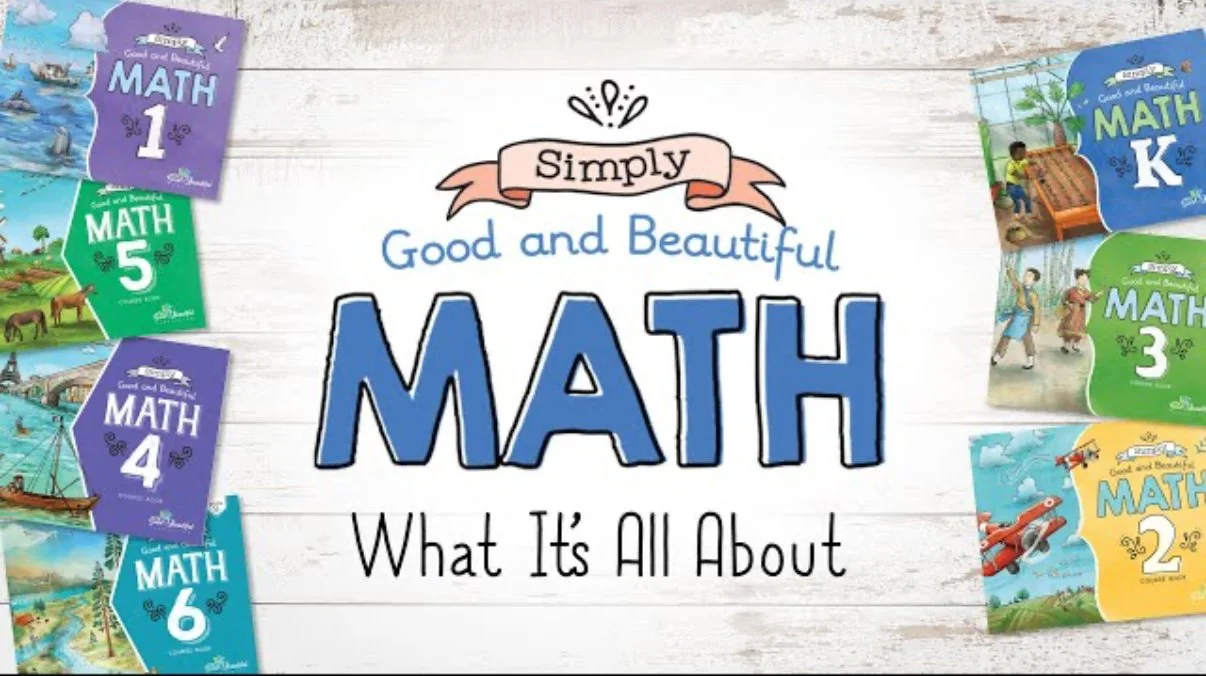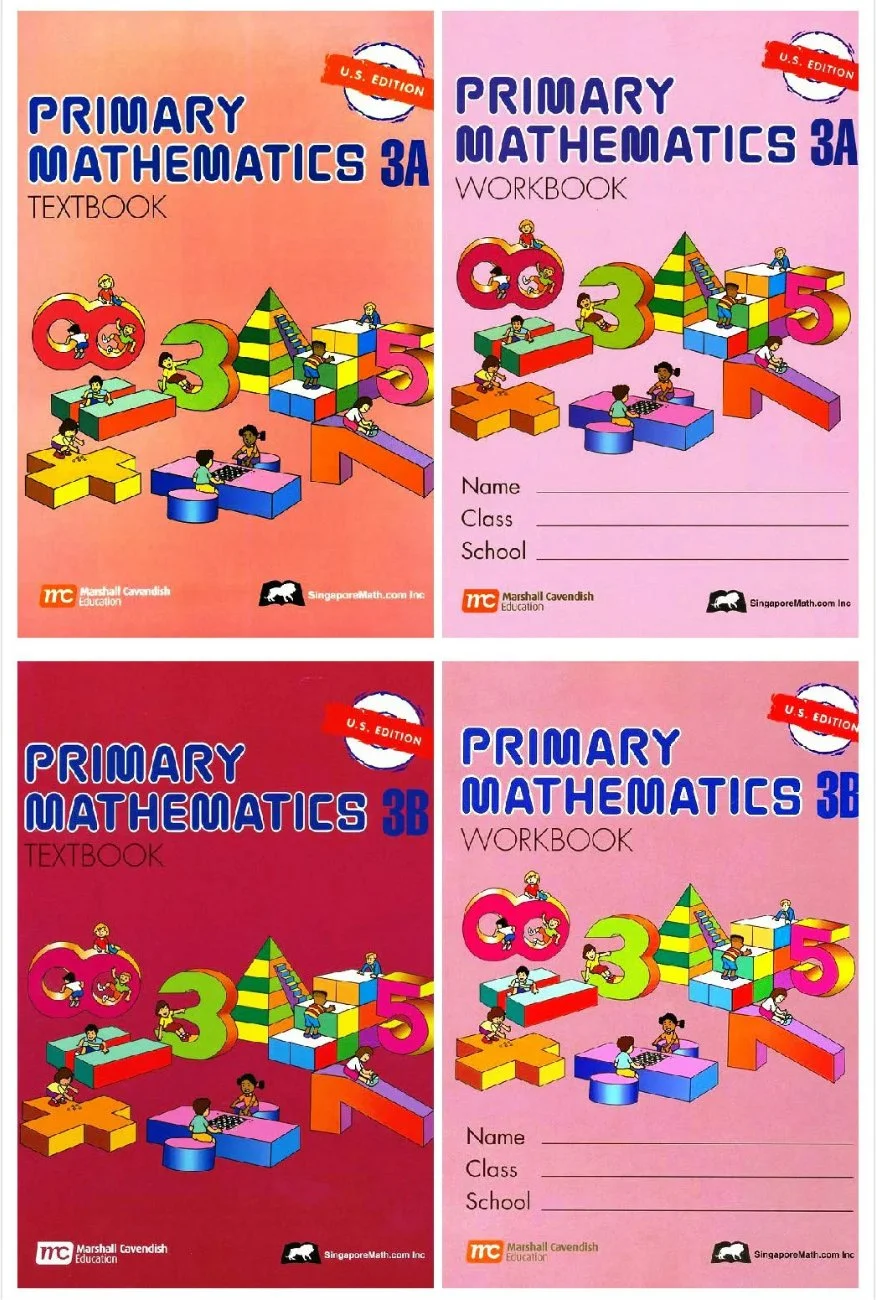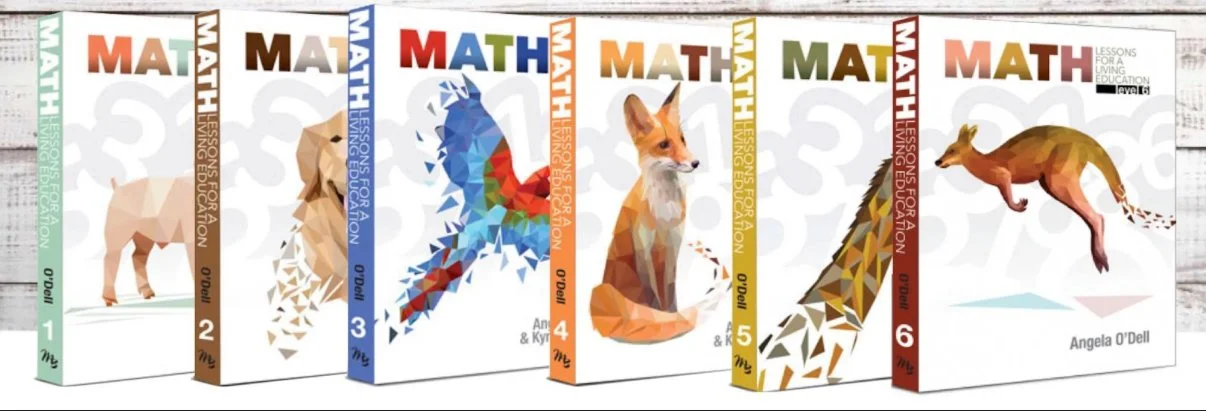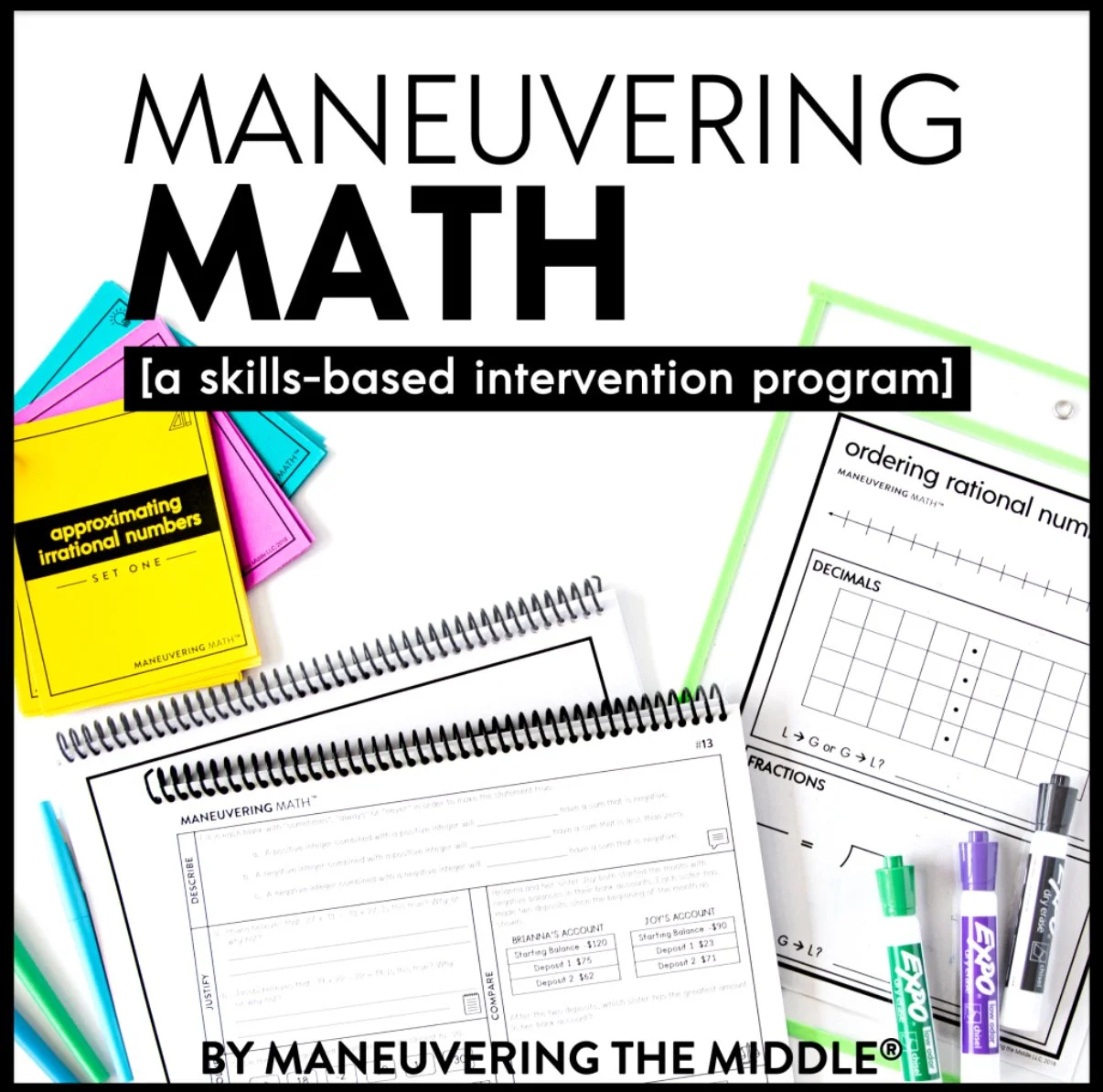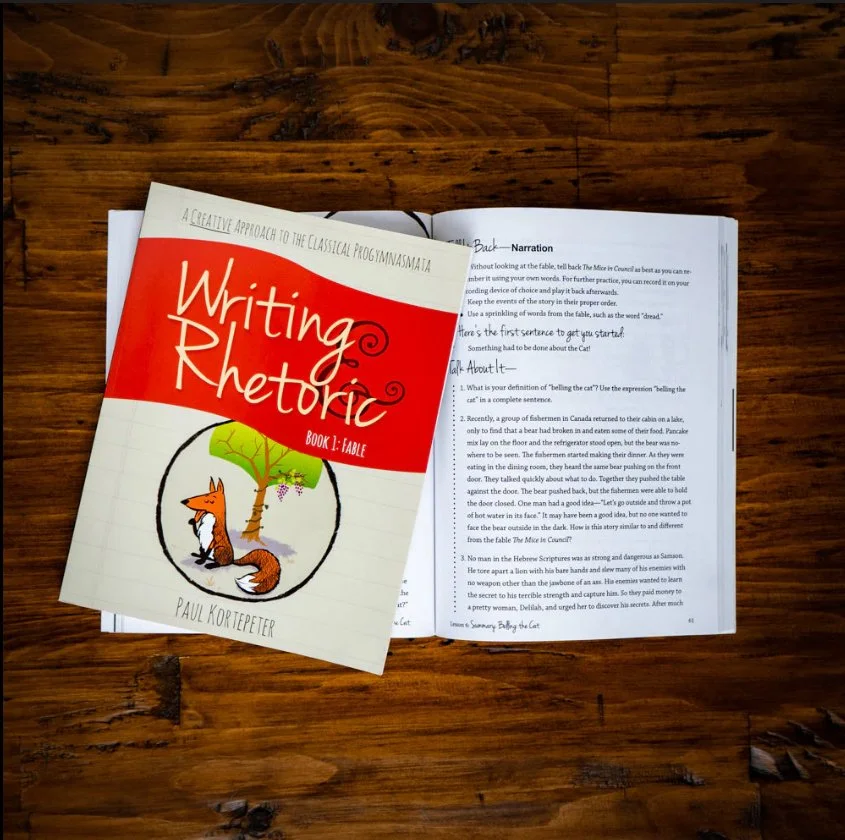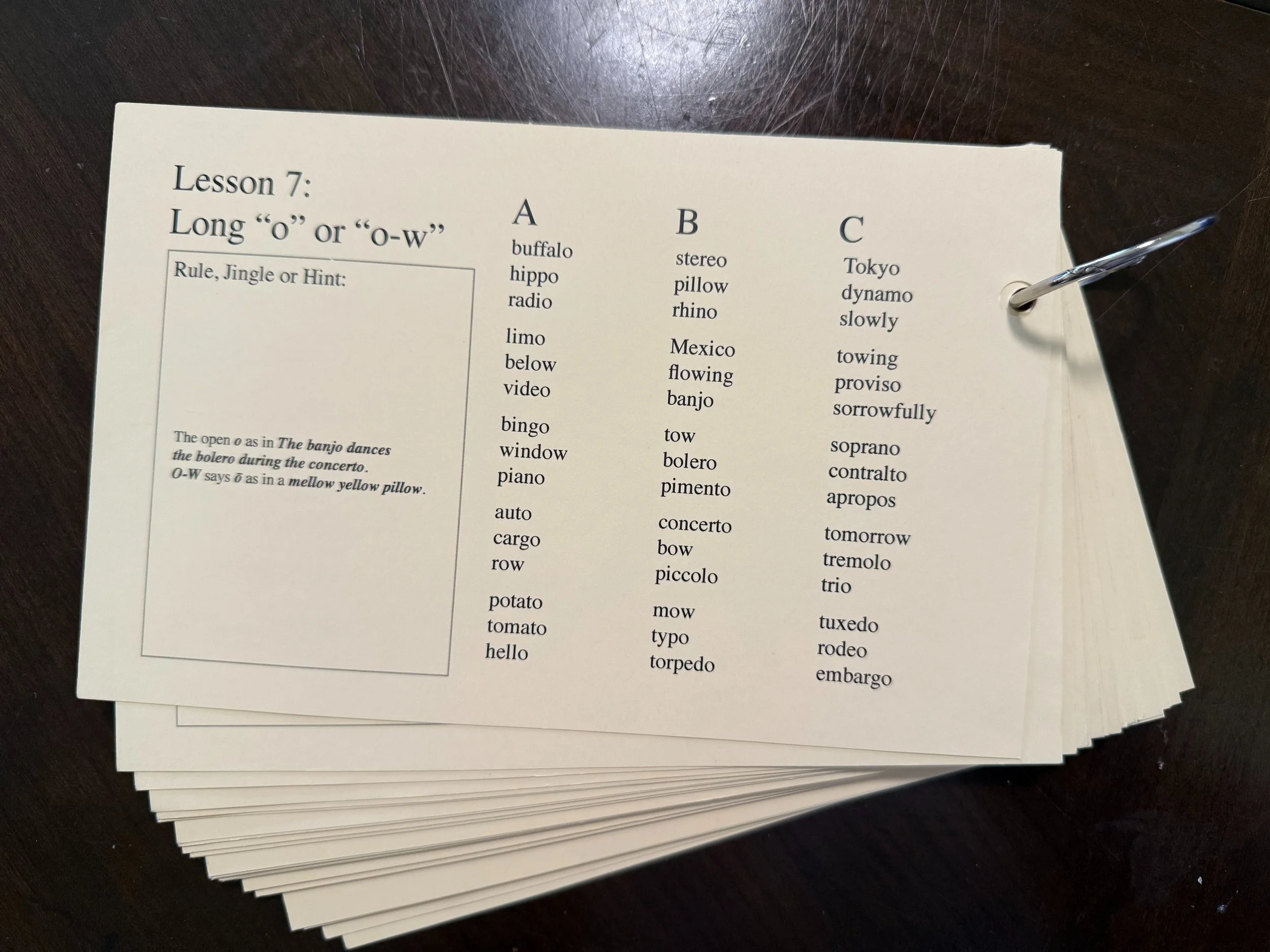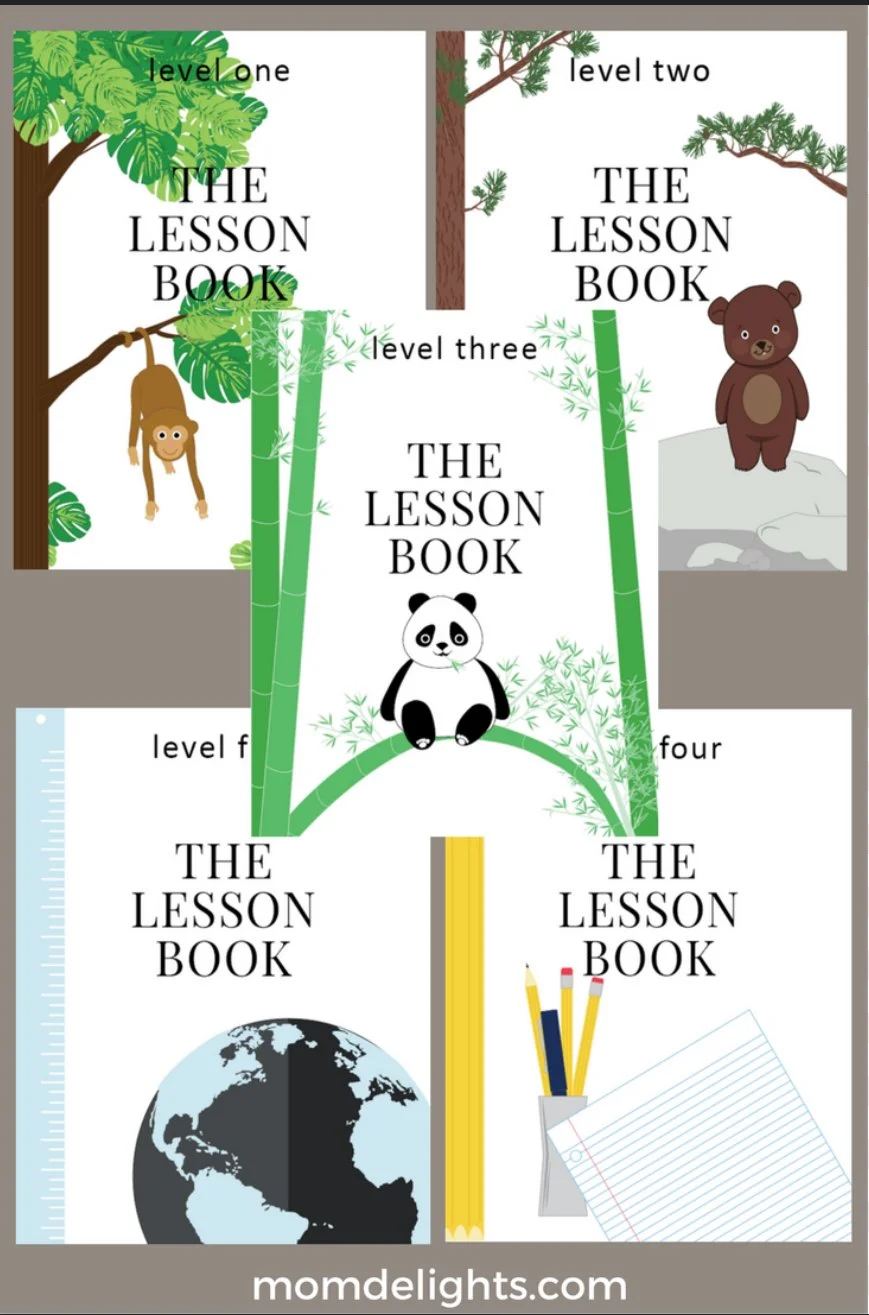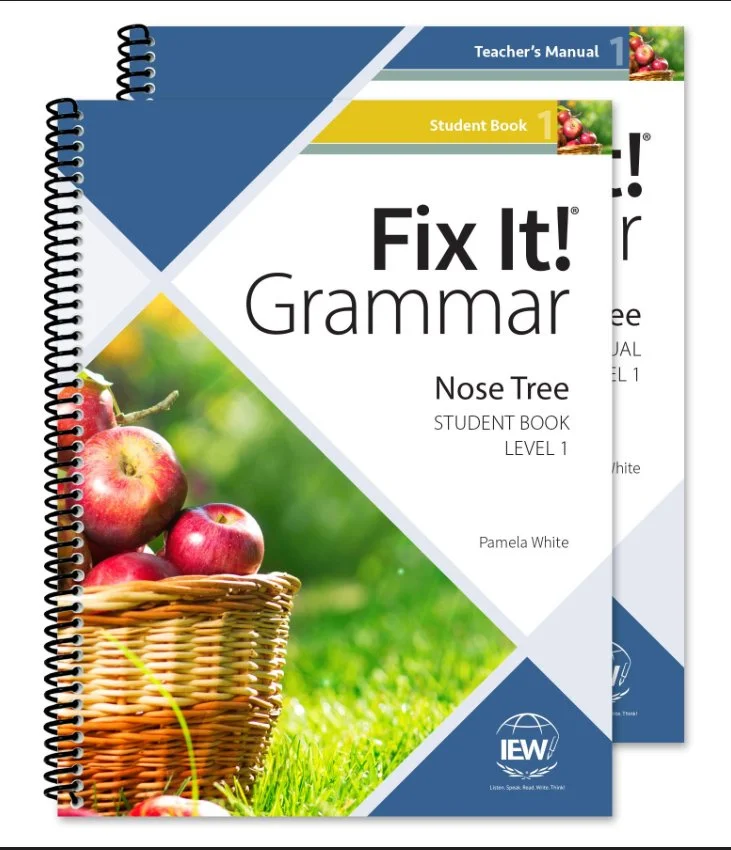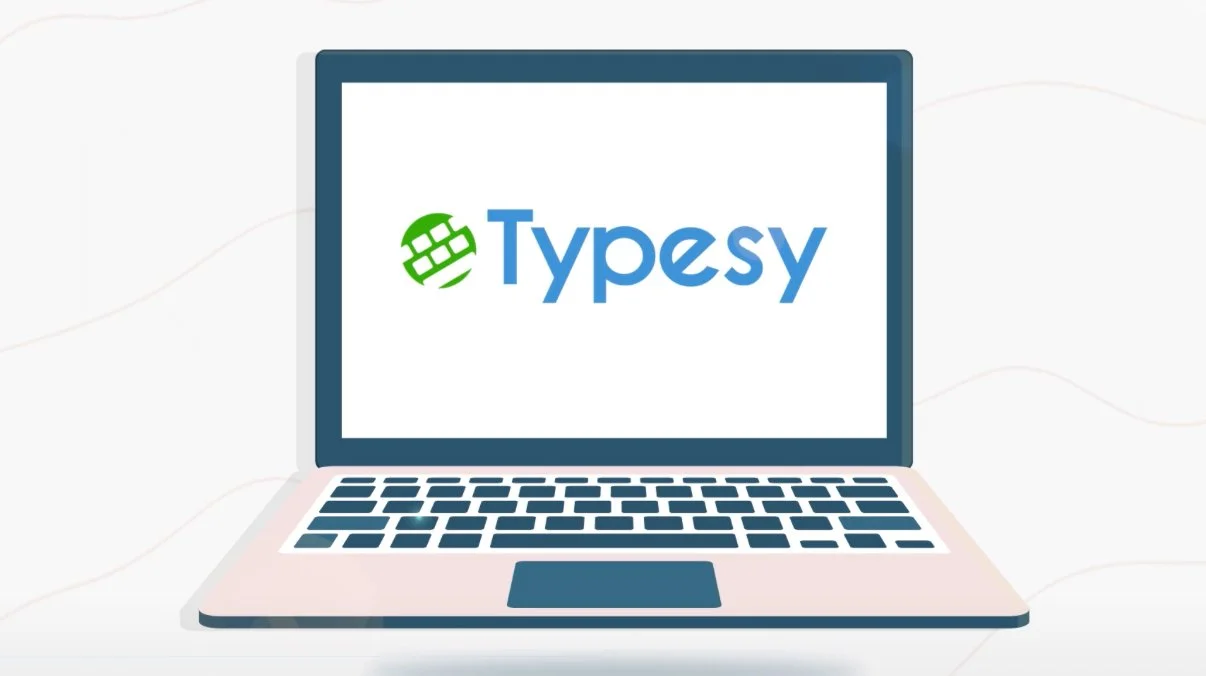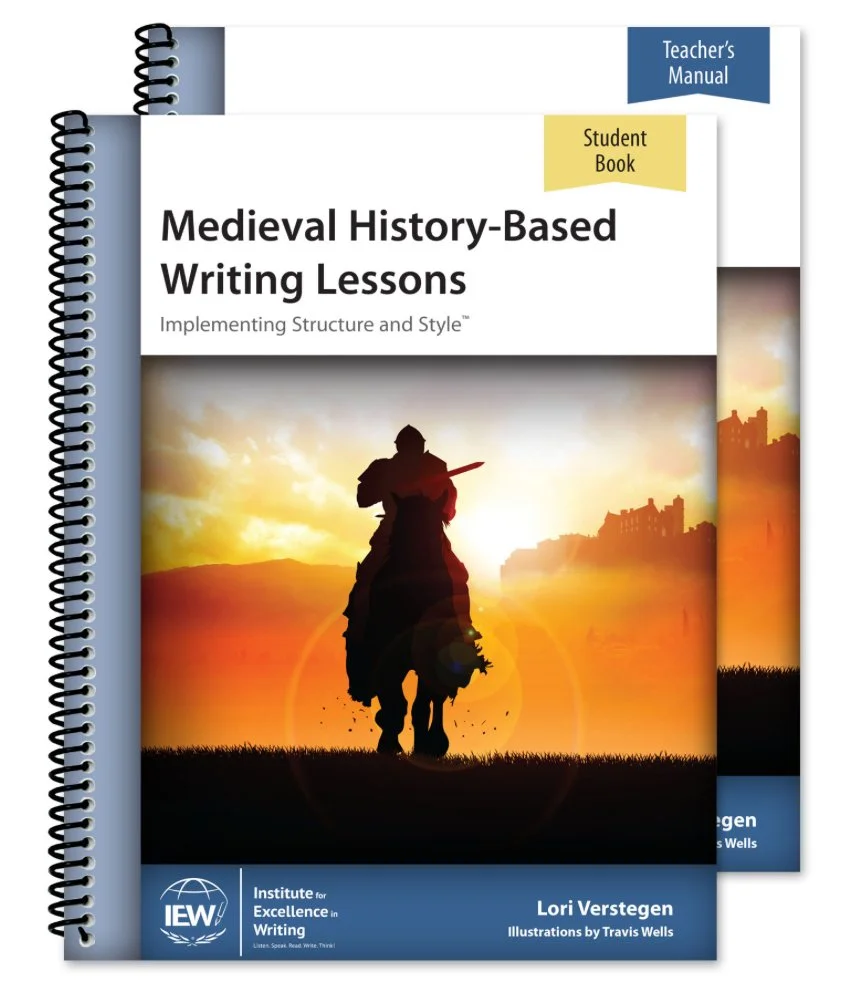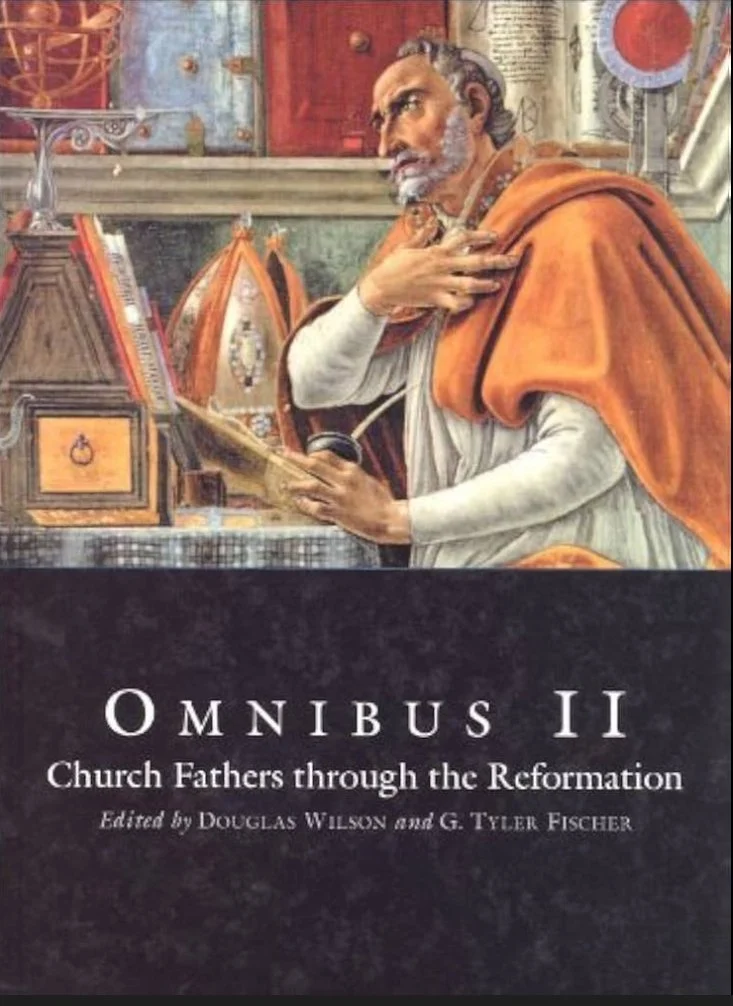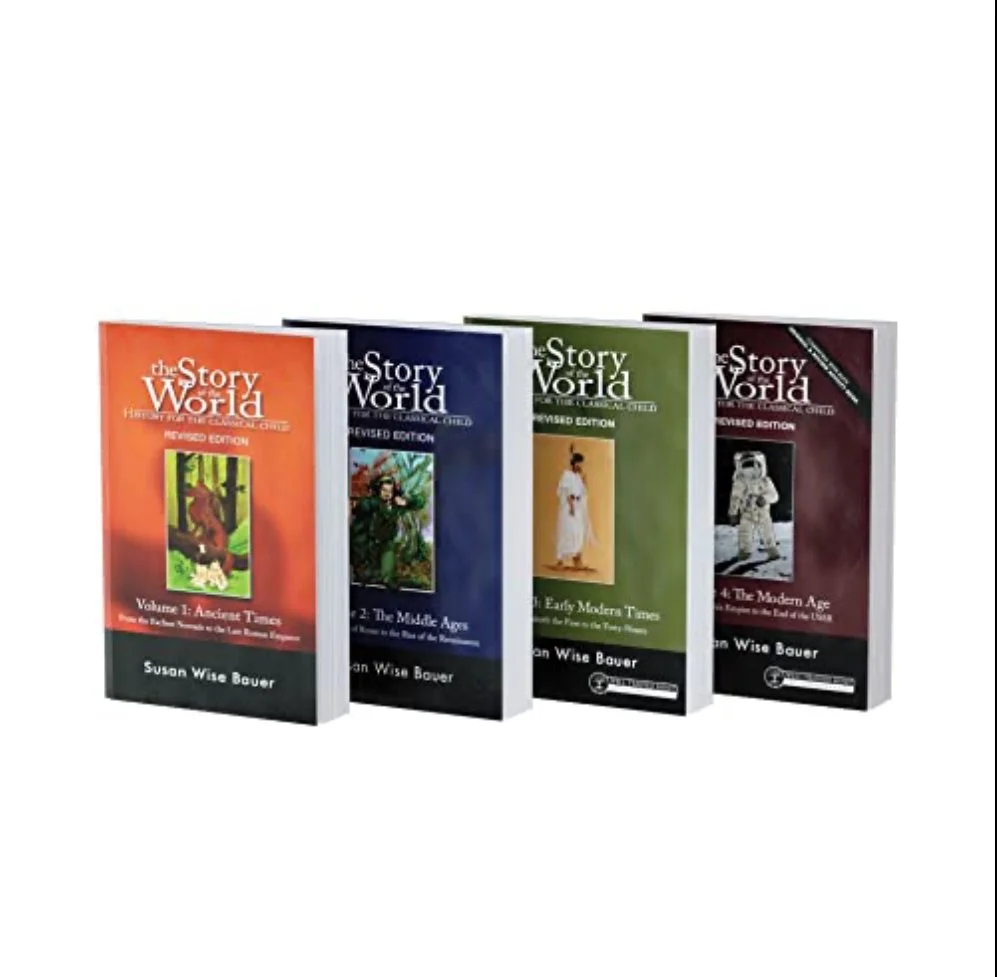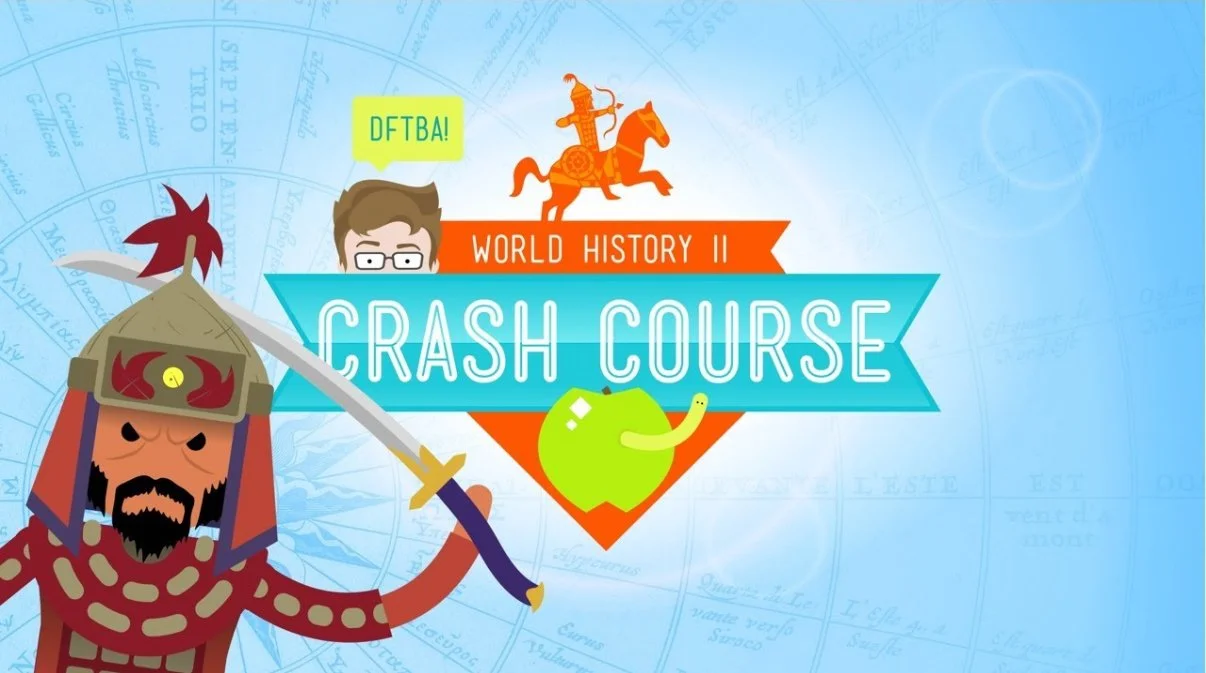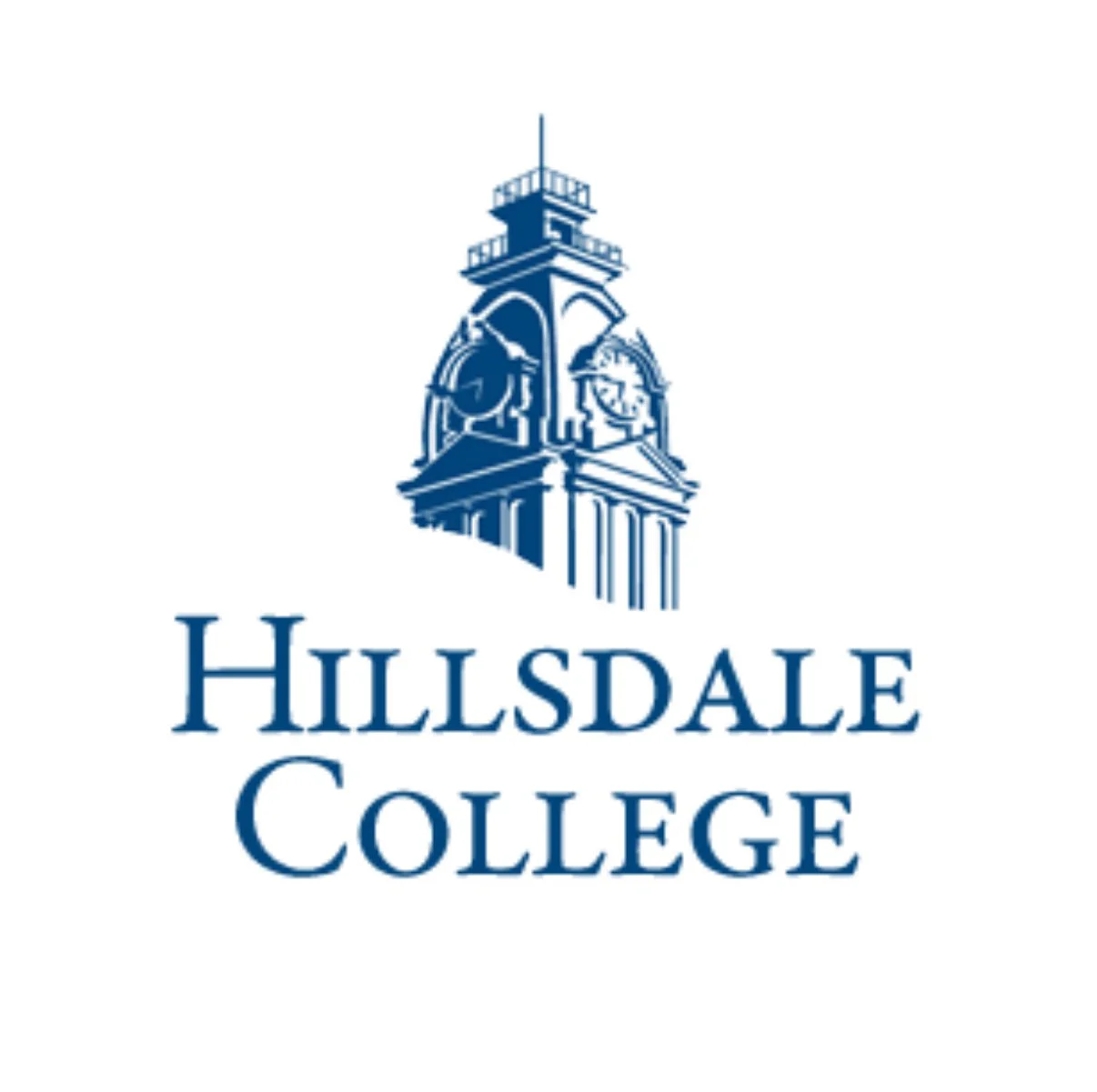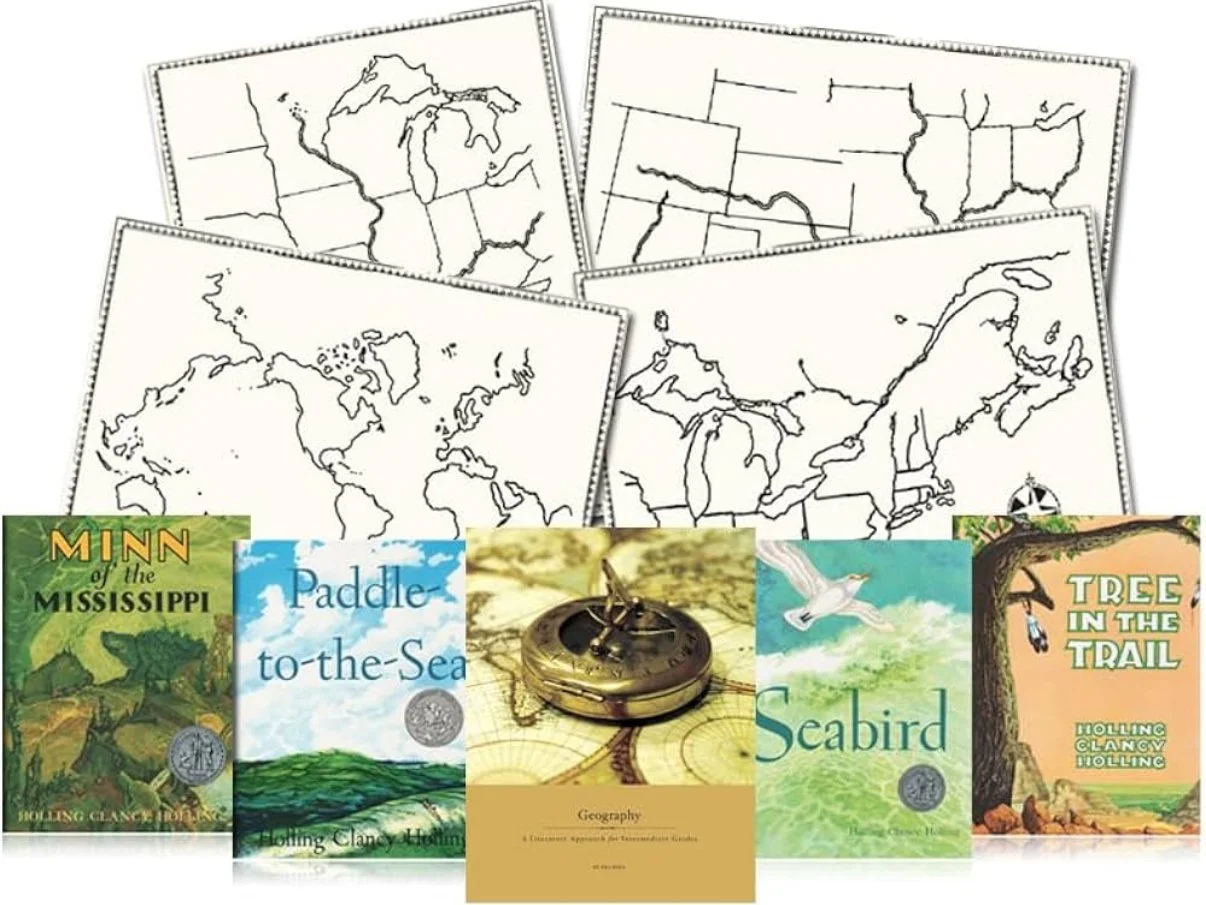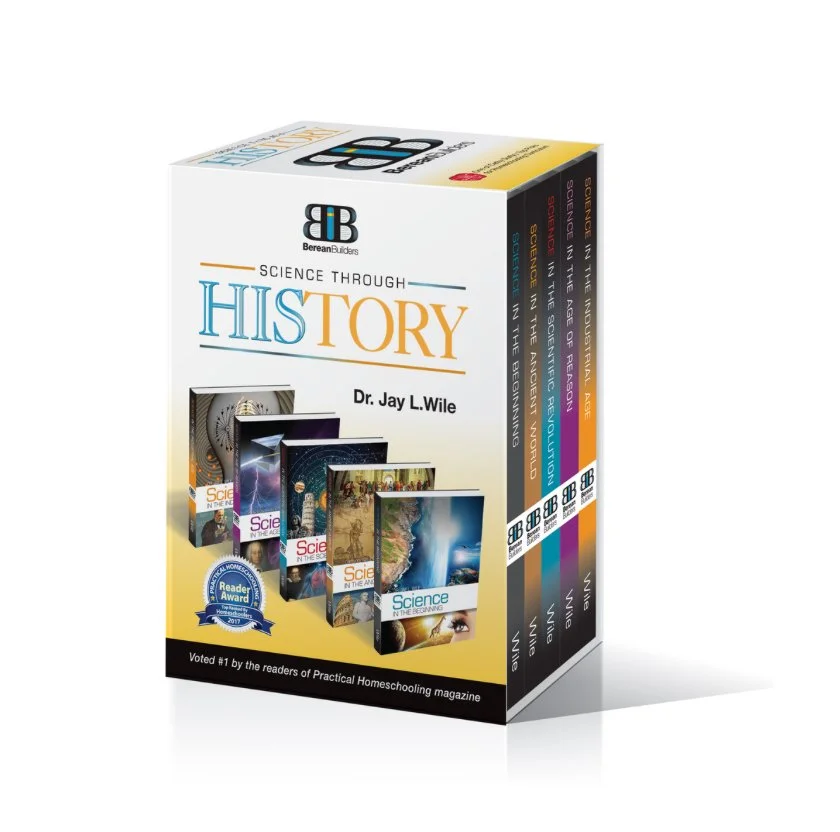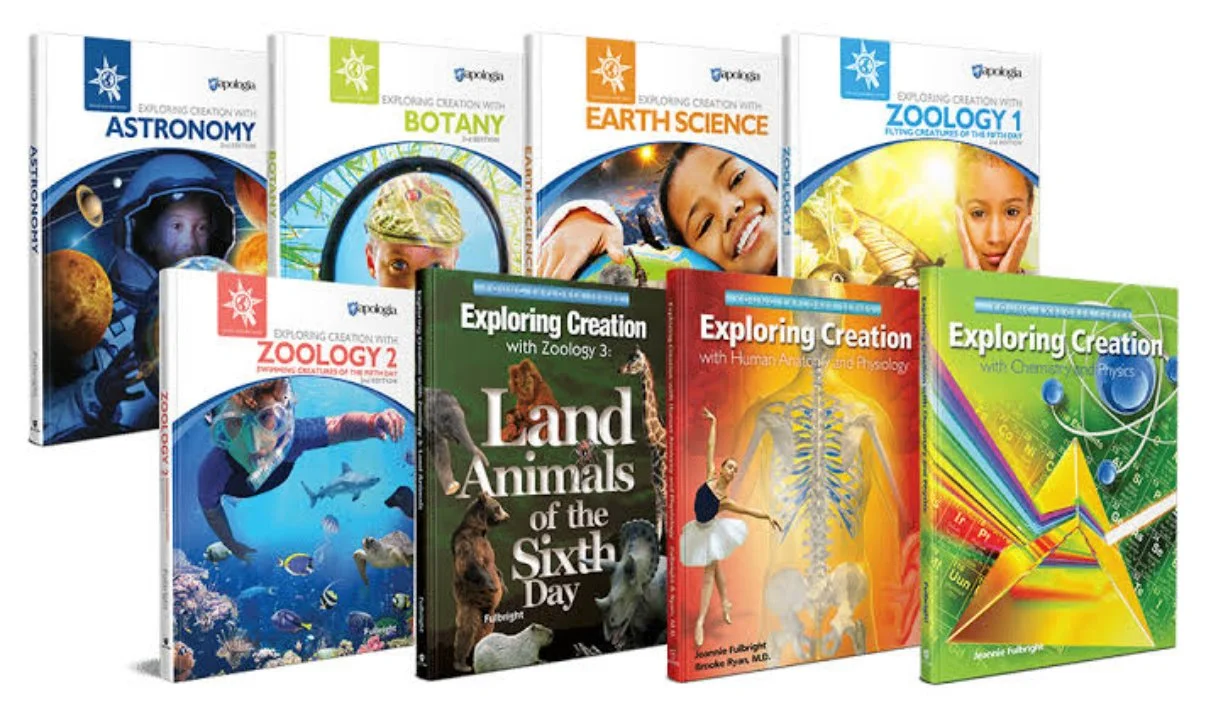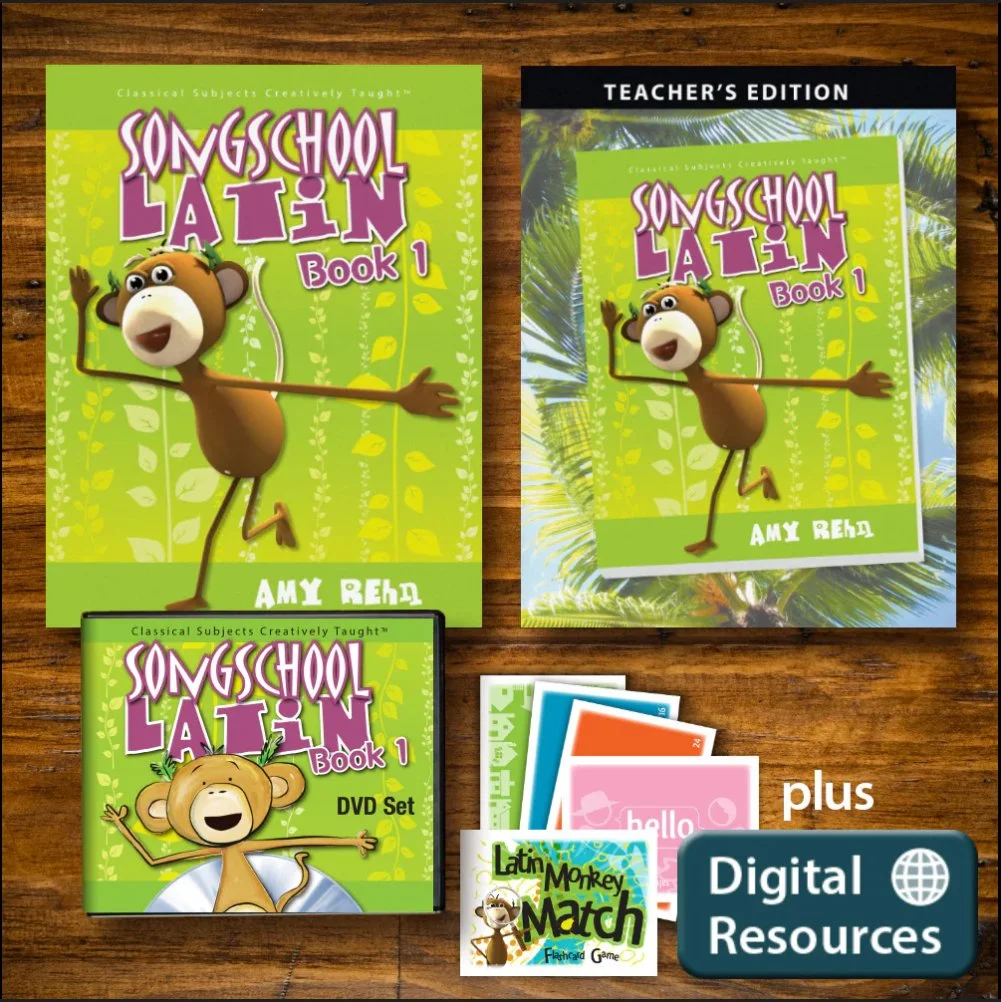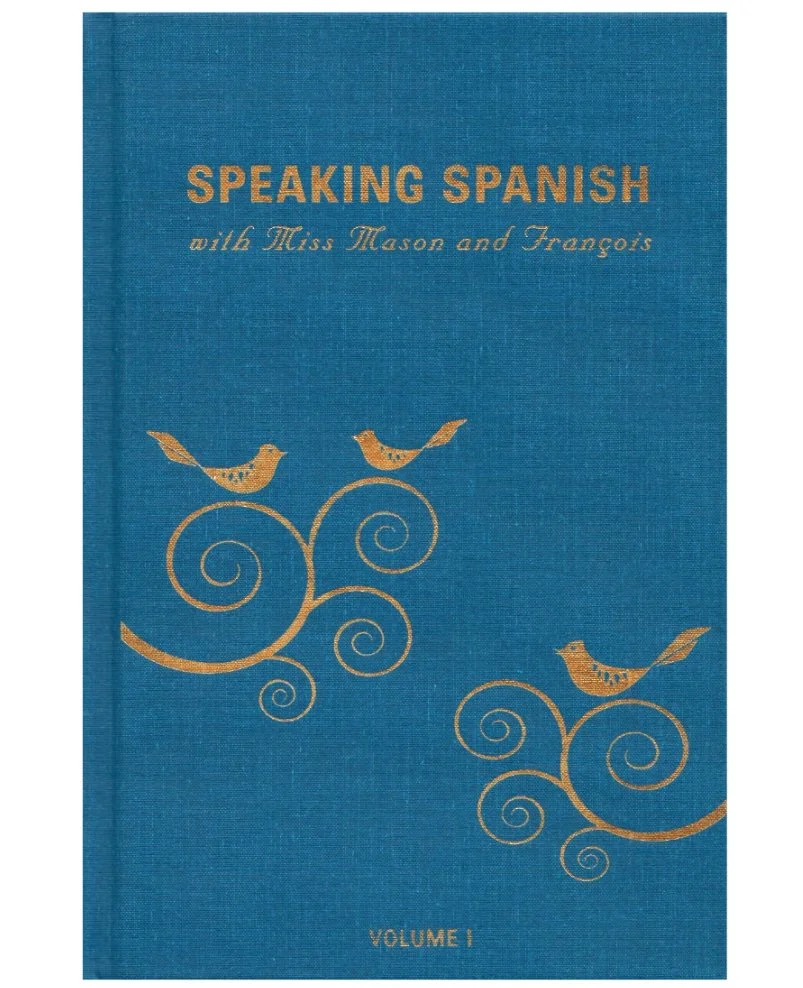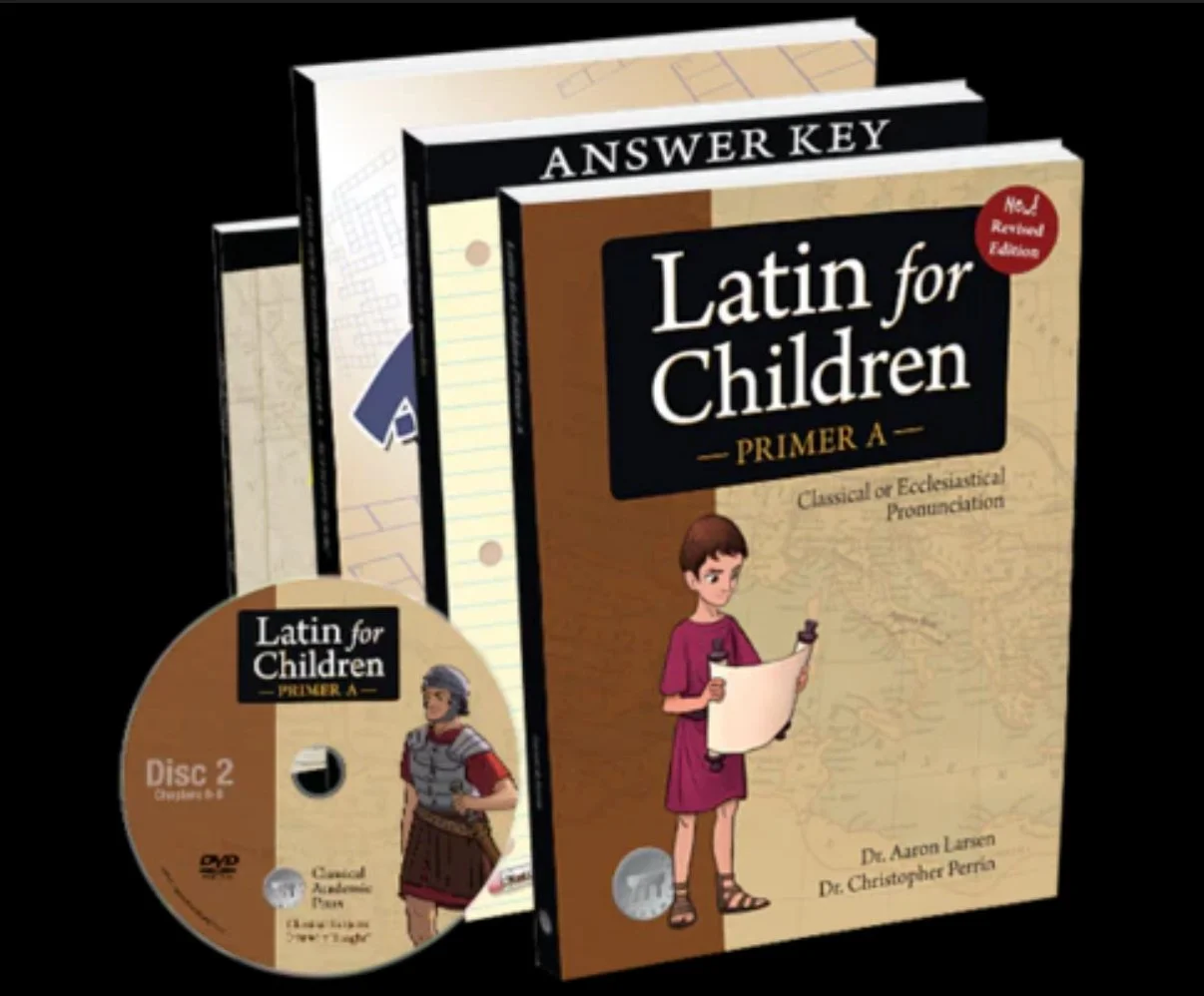
"The mind is not a vessel to be filled, but a fire to be kindled."
— Plutarch
Curriculum We Have Used

Mathematics

As an Amazon Associate, I earn from qualifying purchases
Saxon
Saxon Math offers a structured, mastery-based approach with lots of review and incremental lessons. It felt rigorous and dry for our family, but it’s a solid option for students who thrive on repetition and a no-frills format.
Good & the Beautiful Math
The Good and the Beautiful Math is a free, visually rich curriculum that gave our 5th grader a huge boost in scores. It offers a strong foundation, though the pacing may require some flexibility to complete in a school year.
Singapore (Primary Mathematics)
Primary Mathematics (Singapore Math) builds strong problem-solving and mental math skills through a clear, conceptual approach. It felt gentler than expected, making it a great fit for families seeking solid math foundations without the overwhelm.
Math Lessons for a Living Education
Math Lessons for a Living Education uses a gentle, story-based approach that helped build our child’s confidence and ease math anxiety. Over time, though, it felt too light and lacked the challenge we needed as skills progressed.
Beast Academy
Beast Academy is a rigorous, comic-style math program ideal for advanced learners who love puzzles and problem-solving. It's engaging but often a grade ahead, requiring extra time and support—best for kids who enjoy a challenge, not those needing a simpler path.
Singapore (Dimensions 7-8)
Singapore Dimensions provides a deep, conceptual math foundation, ideal for families seeking strong understanding. It can be challenging without support, but adding video lessons made it much more manageable for us.
Maneuvering the Middle
Maneuvering the Middle is a structured, classroom-style pre-algebra program with clear organization and a solid foundation. It’s best suited for group settings, as it felt like busy work in our homeschool rather than deep, conceptual learning.
Denison Algebra
Denison Algebra has been a game-changer for our 8th grader, building confidence through clear explanations and encouraging support. With fun characters in pre-algebra and a mature tone in Algebra, it’s a great fit for students who thrive with a positive, engaging approach.

English Language Arts

As an Amazon Associate, I earn from qualifying purchases
Writing & Rhetoric
Writing & Rhetoric blends rich literature with creative writing, guiding students to develop ideas through storytelling and discussion. We loved its literary focus, though my daughter preferred more structure—best for those who enjoy a narrative, conversational style.
Phonetic Zoo (IEW)
IEW Phonetic Zoo was a hit—even requested by my 8th grader! Though designed for independent use, we’ve loved doing it together. With tiered spelling lists for all ages, it’s flexible, frugal, and easy to use across multiple grade levels.
My Lesson Book
My Lesson Book is a customizable, blank-lined notebook designed for various handwriting levels. It let all three of my kids—each with different needs—do copywork, narration, and dictation together.
Fix-It Grammar (IEW)
IEW Fix-It Grammar is a quick, daily program that builds grammar skills from elementary through high school. It ramps up fast—challenging even older students—and the answer key is a must. Streamlined yet rigorous, it’s a great fit for busy families.
Typesy
Typesy is an engaging, adaptable typing program that builds strong keyboarding skills through interactive lessons and games. Using a blank keyboard cover helped reinforce good habits—we just wish we’d started sooner!
History-Based Writing (IEW)
IEW’s History-Based Writing is a rich, effective program—but strong editing skills are essential. With guidance, it beautifully integrates writing and history. If you need help, I also offer IEW editing services to support your student’s growth.

History & Social Studies

As an Amazon Associate, I earn from qualifying purchases
Omnibus
We use the rigorous, literature-rich Omnibus program (Levels 1-6, starting in 7th grade) as a group, reading aloud together to deepen comprehension and discussion. Though most texts are at a 12th-grade level, the investment is well worth it for families seeking rich, classical learning.
Plutarch Studies
Plutarch felt intimidating at first, but starting with Plutarch Primer made it doable. Now we use AmblesideOnline's free guides—challenging, but the rich discussions on virtue and history are worth it.
Story of the World
Story of the World is a great history program with an engaging narrative approach, but we found that it only dedicated a couple of chapters to the Renaissance and Reformation. Since we wanted more depth in those areas, we ended up switching to something else.
Crash Course History (YouTube)
Crash Course History moves fast and uses lots of visuals, making it fun and easy to follow. It’s NOT from a Christian view, but the humor and summaries spark great discussions. My son loves the wit, my daughter the visuals—it’s a great supplement, not a main source.
Mystery of History
Mystery of History follows a more traditional textbook style but is Christ-centric and presents history through a biblical lens. We appreciated that it also gave perspective to historical figures who are often maligned, offering a more well-rounded view of events.
Hillsdale College
Hillsdale’s free courses make college-level content accessible, with short, easy quizzes. We use them in middle school, especially the Ancient & Medieval Literature course—reading the books first helps make the discussions richer. It's advanced but very doable.
Holling Geography Unit Study
The Holling Geography Unit Study uses rich literature, maps, and videos to bring U.S. geography to life. I loved it more than my kids did, but we made great memories—and it made learning geography feel like an adventure.

Science

As an Amazon Associate, I earn from qualifying purchases
Science Through History
Science Through History (Berean Builders) is a solid, family-friendly program with leveled activities and great experiments. My kids loved the hands-on work, but the historical bios felt dry, and much of the content went over their heads.
I wish we’d waited until middle school—it’s best suited for older students ready for deeper connections.
Generation Genius
Generation Genius is a secular science resource with dynamic, extremely well-done videos that really engage students. However, the quizzes often focus on minute details rather than reinforcing key concepts, which makes note-taking tricky.
It’s a great supplement, but we found it worked best when we adjusted our approach to the quizzes.
Apologia Science
We used Apologia’s Chemistry and Physics (elementary level), and even my middle schoolers found it challenging. With a traditional approach and easy household experiments, it offered a solid, hands-on science foundation.

Foreign Language

As an Amazon Associate, I earn from qualifying purchases
Song School Latin
Song School Latin is a great introduction to Latin, providing a solid foundation in the basics while also explaining why Latin is worth studying and from where it comes. It’s an engaging and approachable starting point for young learners.
Speaking Spanish with Miss Mason
Speaking Spanish with Miss Mason focuses on memory work, but it got old quickly for us. I wanted Spanish to be fun and engaging, and this approach didn’t quite capture that excitement.
Latin for Children
Latin for Children is a solid program, but we found retention challenging at first—my children went through the first workbook twice. However, when we consistently used the CD chants, their memorization improved significantly.
Breaking the Spanish Barrier
Breaking the Spanish Barrier feels more like a college-level approach than a high school one. It’s fairly challenging without a fluent speaker to assist, whether at home or in a class setting. A solid choice for serious learners, but it may require extra support for those without immersion opportunities.
Latin Alive!
Latin Alive! is our favorite Latin program because the videos are very in-depth, making comprehension much easier. However, checking their work can be tedious since the book’s layout doesn’t allow much space for writing.
Duolingo
Duolingo didn’t stick when my kids were new to languages, but after building a foundation, we all enjoy it now. It’s a fun, useful supplement—our whole family uses it for different languages alongside other studies.

